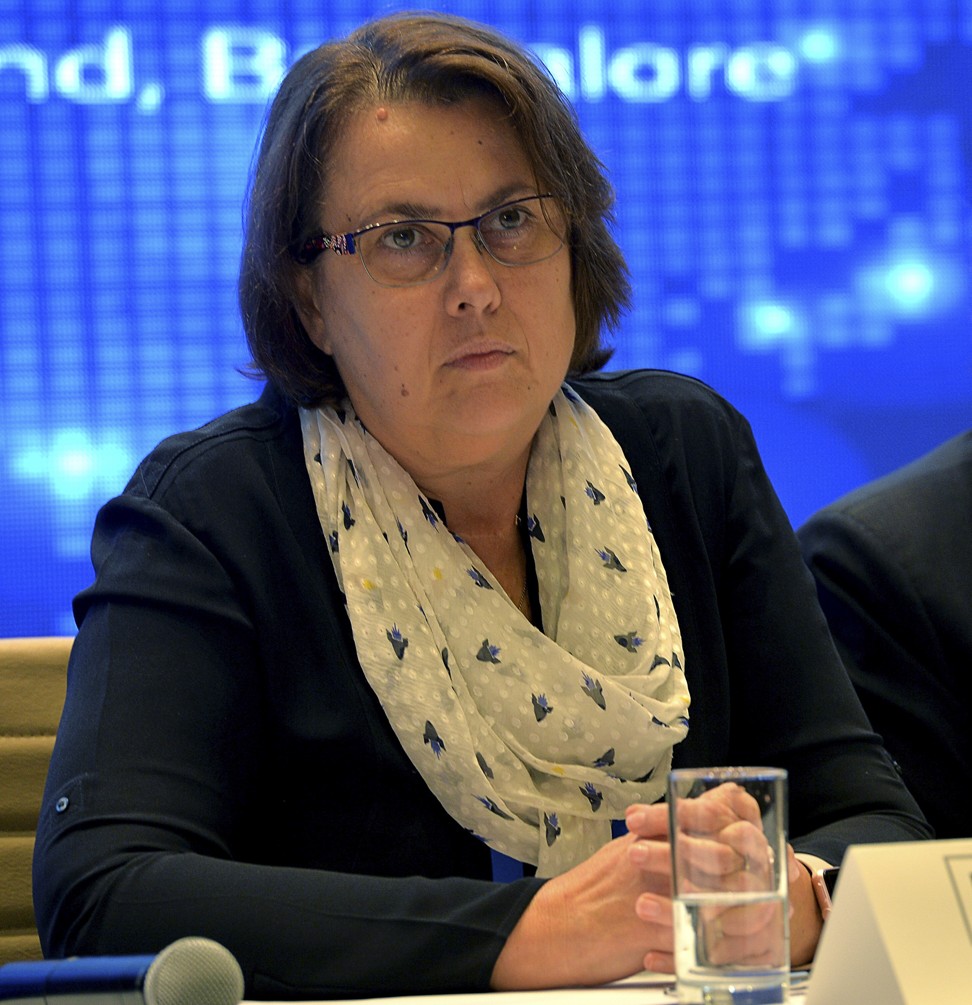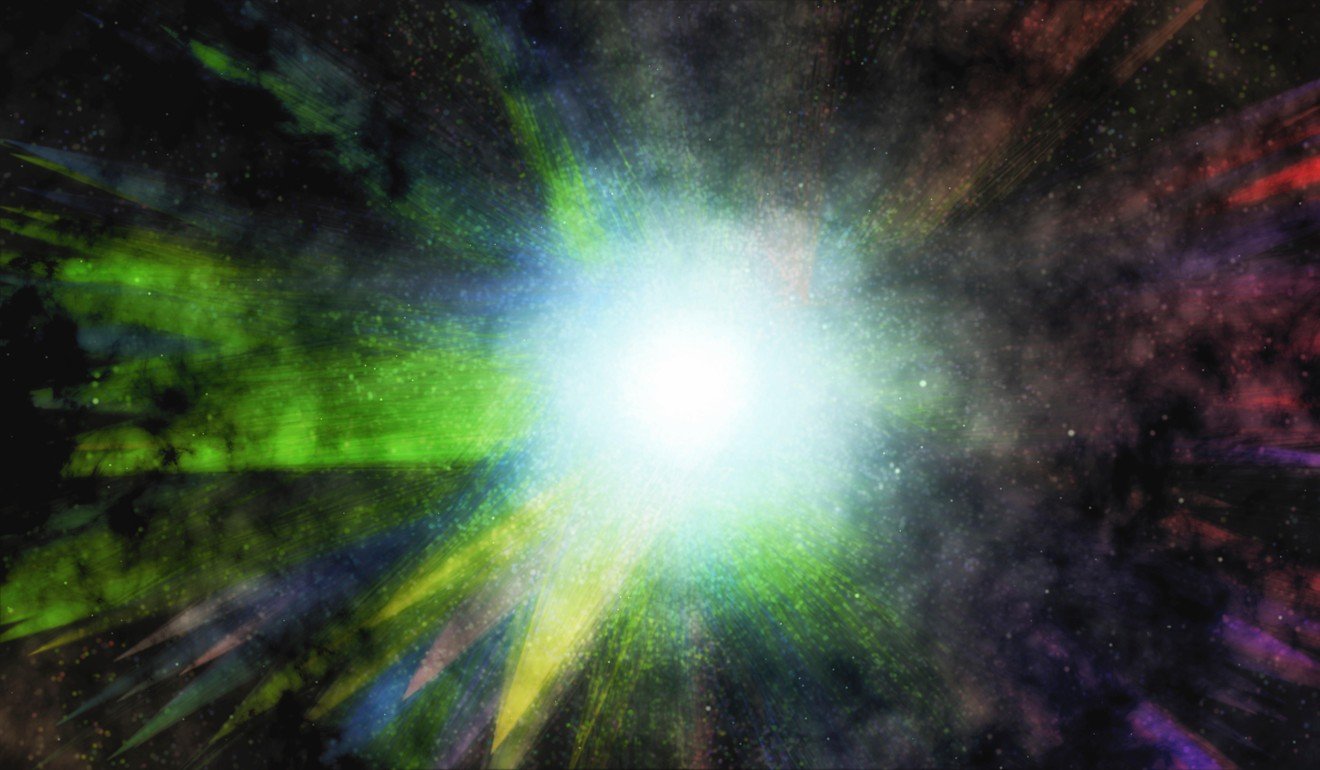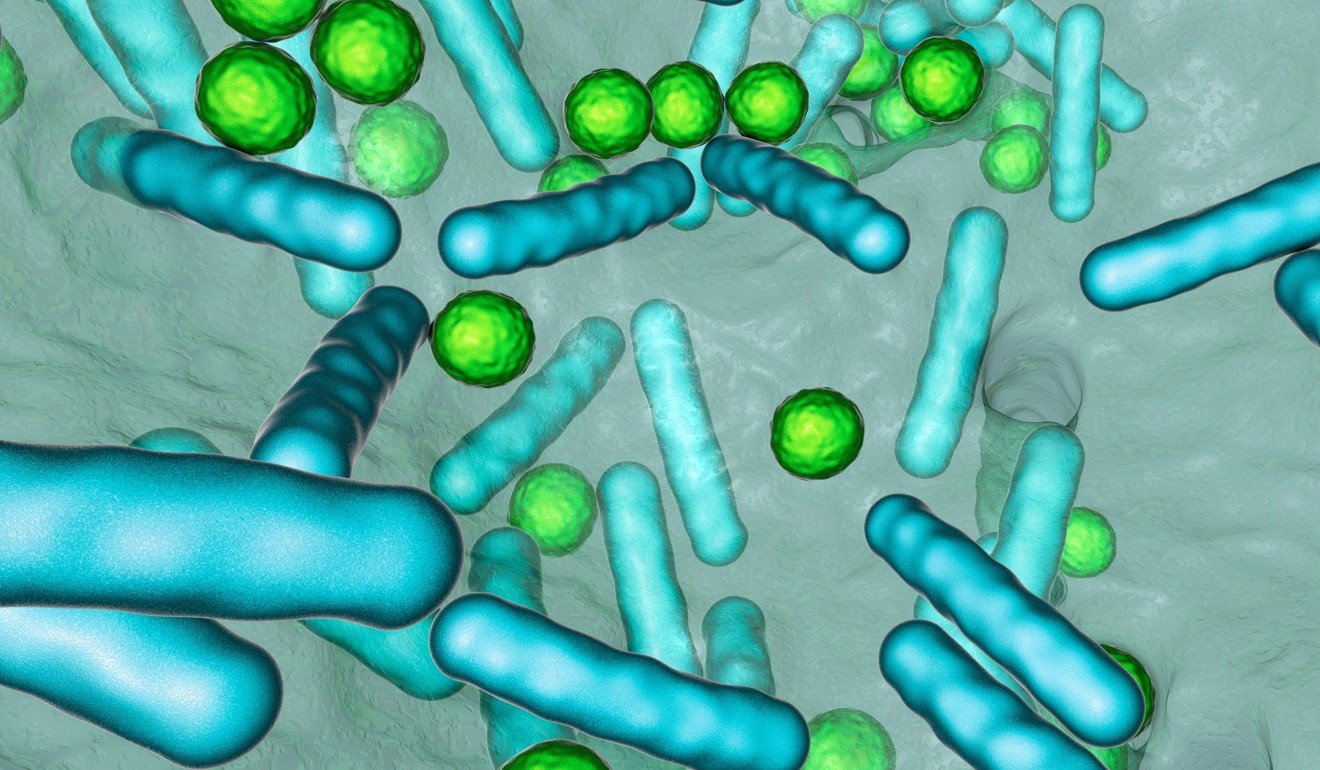
Cancer research on Chinese space station could lead to new therapies to fight disease, by studying effects of gravity on tumours
- Researchers theorise that tumours stop growing in zero gravity, and isolating the effect of weightlessness on cancer cells will help understand their properties
- Study will also examine the impact of cosmic radiation on cancer risk for astronauts on long space missions, such as to Mars, and seeks ways to make trips safer

An unusual cancer research project investigating tumours in space has been given the go-ahead for the soon to-be-launched Chinese Space Station.
The project will examine the roles of microgravity and cosmic radiation in tumour growth and development, and look at whether weightlessness can stop cancer from growing.
“Space is constantly opening up new frontiers for humanity to advance, as demonstrated by this project, which aims to find new ways to reduce tumours – one of the main killers of our time,” says Simonetta Di Pippo, director of the United Nations Office for Outer Space Affairs (Unoosa).
She said Unoosa’s partnership with the China Manned Space Agency makes it possible for such an interesting experiment to be conducted on board the Chinese Space Station. The Tumours in Space project is one of nine research proposals that the two bodies have selected to be conducted on the new space station in 2022.

“The plan is to send three-dimensional stem cell organoids from both healthy and cancer tissue from the same person into space. Here, we will study mutations and look at how the cells’ DNA is affected by weightlessness and cosmic radiation,” says Tricia Larose, the Canadian research lead, from the Faculty of Medicine and Health Sciences at the Norwegian University of Science and Technology.
The experiment will rely on three-dimensional cancerous tumours, called organoids. These organoids are grown from adult human stem cells, which are a kind of cell that can divide indefinitely and create different types of cells in doing so. Researchers have perfected their ability to grow organoids so they actually form tiny structures that mimic different organs.
Previous cancer research conducted in space has used simpler 2D cells, which give researchers only limited information. The 3D organoids that will be used in the project provide better information, because they are closer to their natural shape and they have characteristics of the organs that they have been created to mimic.
Larose’s hypothesis is that the cancer organoid growth will slow or stop when they are not affected by Earth’s gravity. Previous research on two-dimensional cells has shown that weightlessness has an influence on gene expression linked to tumour development.
Mutations in cancer cells leave a kind of fingerprint in the DNA of the cells, called a mutational signature, and each type of cancer has its own.

“When we look at mutational signatures in cancer cells, there is a lot of ‘noise’. The noise is something we simply do not know a lot about,” says Larose. “Part of my experimental process is identifying new causes of that noise.”
Her theory is that some of the unknown “noise” in the cancer cells is there as a result of gravity. Since both healthy cells and cells with cancer are affected by gravity, the researchers should be able to detect this in the fingerprints in all our cells.
“I’m looking for the molecular fingerprint for the gravitational force,” she says, in part because it can help explain the meaning of some of the noise in the cancer cells.
Larose says that gravity’s mutational signature has never been studied or even proposed as a concept.
Marianne Vinje Tantillo, head of human space flight and exploration at the Norwegian Space Agency, says Larose’s proposal addresses vital questions.
“If we can identify how much of the unknown ‘noise’ is due to gravity, it will also be easier to identify the rest of the unknown factors. Maybe we can get a step closer to understanding cancer and finding new ways to fight the disease,” she says.
Another key area of the research is to understand more about cosmic radiation. The experiment will test how cosmic radiation affects the DNA of the healthy organoids and whether this leads to mutations and cancer.

Larose’s studies of cosmic radiation will help with understanding the cancer risk for astronauts on long-duration missions on the space station, or longer journeys, such as to Mars.
“The biggest challenge with human space flight and exploration for long-duration missions to Mars and beyond, is the cancer risk for crew due to exposure of cosmic radiation. By identifying the mutational signature of cosmic radiation and comparing that to the known signature of ionising radiation, we may be better able to predict risk and protect crew on a long-duration space mission,” says Larose.
A second research project to be done on the Chinese Space Station will look at the effect of microgravity on disease-causing bacteria. It aims to study differences in the growth of bacteria and their production of biofilms – a colony of bacterial microorganisms that attach to a surface with a slime layer that aids in protecting them – on Earth and on board the station. It will help scientists understand how bacteria behave in altered or reduced gravitational environments.
The Mars Society, an American worldwide volunteer-driven space-advocacy non-profit organisation dedicated to promoting the human exploration and settlement of the planet Mars, will implement this experiment.